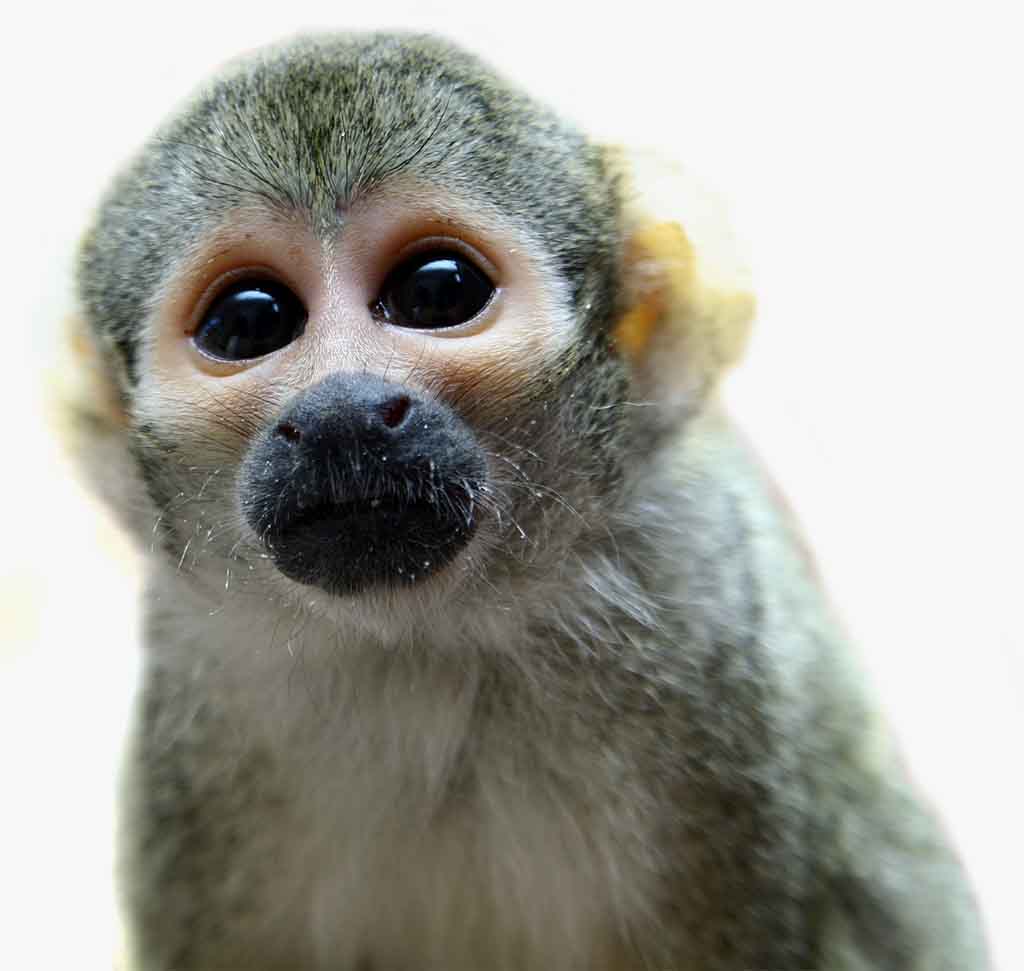The red ruffed lemur (Varecia rubra) is one of two species in the genus Varecia, the ruffed lemurs; the other is the black-and-white ruffed lemur (Varecia variegata). Like all lemurs, it is native to Madagascar. It occurs only in the rainforests of Masoala, in the northeast of the island. It is one of the largest primates of Madagascar with a body length of 53 cm, a tail length of 60 cm and a weight of 3.3–3.6 kg. Its soft, thick fur is red and black in color and sports a buff or cream colored spot at the nape, but a few are known to have a white or pink patch on the back of the limbs or digits and a ring on the base of the tail in a similar color.
Ruffed lemurs are the largest members of the family Lemuridae, with this species being the larger of the two. They weigh 3.3–3.6 kg (7.3–7.9 lb). They are about 53 cm (21 in) long, with a 60 cm (24 in) tail. Females are slightly larger than males. They have slender bodies and long legs. Red ruffed lemurs have a narrow snout with small back ears that are sometimes hidden by their long fur. They groom themselves using their toothcomb.[citation needed]
As their name would suggest, they have a rust-coloured ruff and body. Their heads, stomachs, tails, feet, and the insides of their legs are black. They have a white patch on the back of their neck, and may also have white markings on their feet or mouth.
The Red Ruffed Lemur is only native to the rainforests of Masoala in the north-east part of Madagascar.
They are primarily frugivores (eat fruit) but also eat leaves and seeds.
Up to 25 years.
Critically Endangered.
They are one of the largest primates of Madagascar, are characterized by their soft, thick, rust red fur on their body and are commonly found in groups of 2-16 individuals. They are the only primates to give birth to a litter.
